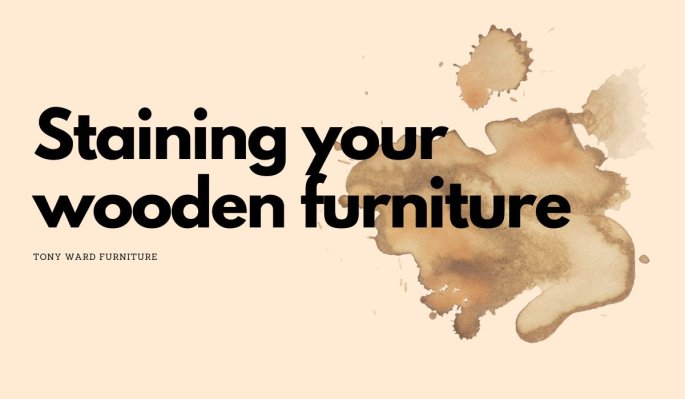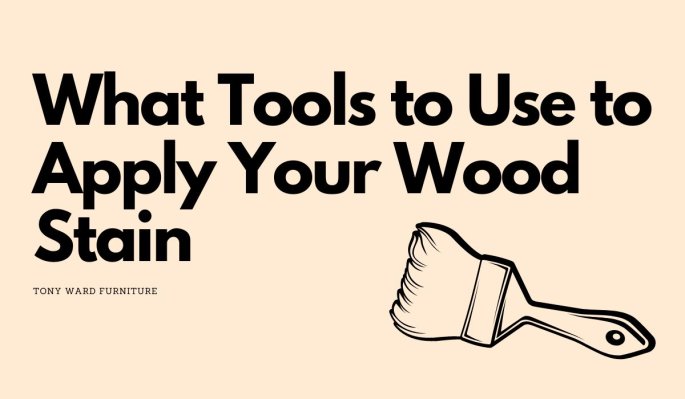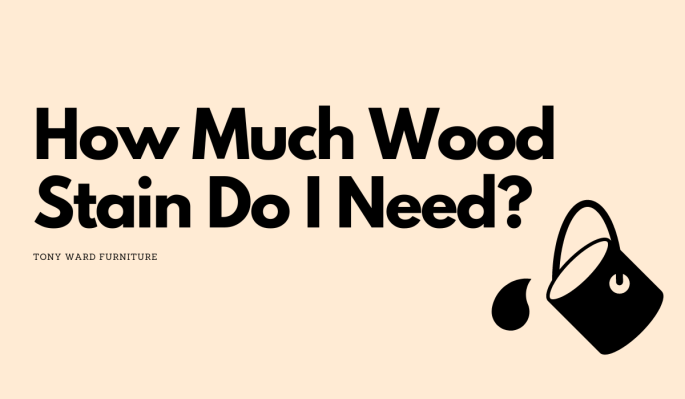| Tags | design and inspiration fun and interesting cleaning and maintenance garden bridge guide great outdoors guide children seating show all posts |
Staining your wooden furniture
First of all it's important to know exactly what wood stain is and what it does. Wood stain is a semi-transparent coating which penetrates and colours the wood whilst also adding protective benefits. These protective benefits include protection from UV rays, which in turn minimizes and prevents discolouration.

It's also worth noting that there are different types of wood stain – oil based stains and water based stains. Oil based stains penetrate the wood without raising the grain whereas water based stains can raise the grain. However, to minimise raising the grain you can moisten the wood with a damp cloth, sand the wood and then allow to dry before applying the stain. It's also worth noting that oil based stains often have a stronger odour, whereas water based stains are typically more environmentally friendly.

Before applying your wood stain, it's important to put some time and effort into preparing your wood.
Before staining your wood, it's recommended to lightly sand your wood using a fine to medium sandpaper. Following this you may want to clean the wood down with warm soapy water if necessary. Then before you can apply your wood stain, you should make sure that the wood is dry and dust free.
When applying, it's important to always apply the wood stain in the direction of the wood grain. We also recommend testing your wood stain on a surface which won't be as visible, such as the underside of your wooden furniture. This is to ensure you are happy with the colour, look and finish before you commit to staining your entire piece of furniture.

When it comes to the tool you use to apply your wood stain, it all comes down to personal preference. The options people typically choose from include a brush, roller, cloth or sponge.
Brushes are great for getting into small gaps, awkward areas and detailing, however they can leave line marks from the bristles in the brush. Brushes are also a cleaner, or specifically less messy, option compared to some of the alternatives.
Cloths and sponges are great for quick application, with a nice smooth finish, but are the messiest option when it comes to staining wood. Cloths and sponges can also be used to get into most gaps and awkward areas due to their flexibility.
Rollers are a relatively mess-free option in comparison to cloths and sponges, and also leave the wood with a nice smooth finish. However, they are the least effective in terms of getting into small gaps, awkward areas and detailing.
For some people, the best solution may be using a combination of the above tools; it will also depend what you are going to be painting, whether you need it to be a mess-free process, and how much time you have.

The amount of wood stain you need depends on the individual piece of wooden furniture, and also your desired end result. Most pieces of furniture would require two layers of wood stain, however if you desire a lighter or more natural stain, one may suffice. Similarly if the wood is particularly absorbent, or if you prefer a deeper look, it may require three or more coats. It's also always worth reading the packaging of your wood stain as it may imply how many coats you might need, and even how they recommend applying it.
